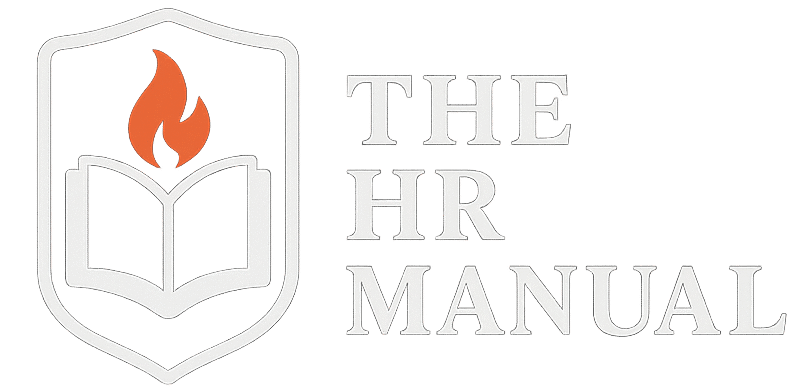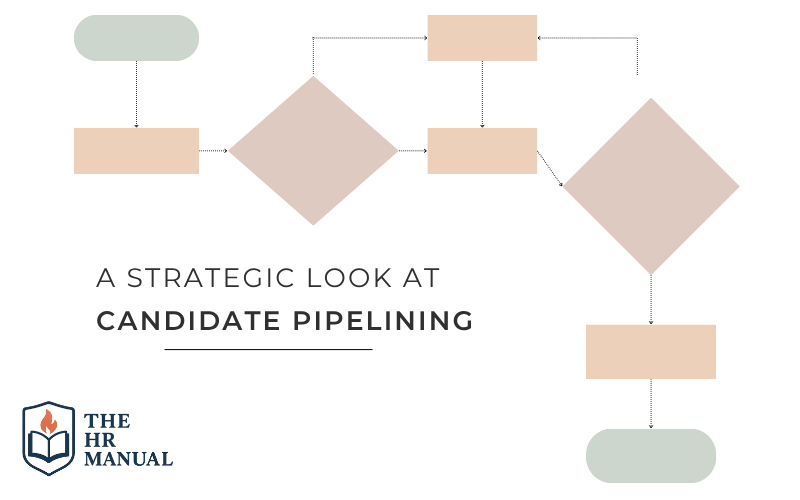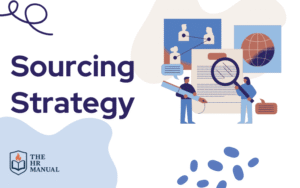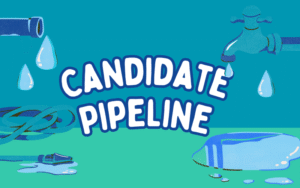Most recruiters throw around the word “pipeline” like it’s a checkbox or something you build, store, and forget. But if you’ve been following along with my posts on Sourcing Strategy and Mastering the Candidate Pipeline, you know I don’t buy into surface-level recruiting. I believe in systems. Sustainable, long-game, business-aligned systems. And candidate pipelining, when treated strategically, isn’t just another tool in the box but more of a competitive edge.
Let’s unpack why.

What Makes Candidate Pipelining Strategic?
A strategic pipeline is forward-looking. It’s not just a list of candidates you’re waiting to call the next time someone resigns. It’s a curated, nurtured, and segmented community of talent aligned with your business goals, your workforce forecast, and your DEI priorities.
Tactical pipelining is considered reactive and only is important when immediate needs arise, whereas strategic pipelining is proactive. It will help your organization anticipate hiring demands and gives you a leg up on critical roles before they hit you ATS.
When aligning your candidate pipelining efforts with your ultimate talent strategy, it can decrease time-to-fill, decrease cost per hire, and create trust with internal hiring managers. Research suggests that global talent management is more than attracting talent instead it is about building a system that will connect talent to performance across time and space (Collings, Mellahi, & Cascio, 2019).
Segmentation: The Real Secret to Candidate Pipelining
Here’s where most candidate pipelining fall apart: they’re just spreadsheets or half-built CRMs with outdated info and unqualified candidates. A strategic pipeline needs to be segmented and layered by role, readiness, and risk.
Think of it as an inventory in a supply chain:
- Role segmentation: Sales leaders aren’t developers and developers are network engineers because each talent pool requires different sourcing channels and value propositions.
- Readiness segmentation: Not everyone is “hire-ready” today. You’ll have:
- Cold leads (long-term prospects)
- Warm leads (engaged but not actively looking)
- Hot leads (ready for the right offer)
- Business risk segmentation: Prioritize pipelining for high-turnover or business-critical roles. These are the roles that cause operational slowdowns if left unfilled.
Done right, this isn’t just organization, it’s strategy. It gives you line of sight into where your pipeline is healthy, where it’s weak, and where you need to focus future sourcing.
Leadership potential, for instance, can be mapped and tracked within strategic pipelines, which is essential for long-term workforce planning (Chamorro-Premuzic & Frankiewicz, 2019).
Technology: Pipelines Don’t Scale on Spreadsheets
The difference between a sourcing wish list and a real pipeline? It is all about the infrastructure baby.
If you really want to create an effective candidate pipelining strategy, you have to have a strong tech infrastructure to support it! A candidate relationship management or CRM system will be your best friend. Tools such as these will segment your candidates by skill and location and track your candidate interactions.
Some tools worth exploring:
- Beamery or Avature for enterprise CRM functionality
- Greenhouse CRM for sourcing workflows
- SeekOut for AI-powered talent mapping and pipelining
Most of these platforms let you create email campaigns, tag by interest or skill, and assign follow-up dates so no one falls through the cracks. The key is consistency. Pipelines are only as good as their upkeep.
According to Kaufman (2022), CRM systems are becoming essential infrastructure for modern recruitment teams looking to drive personalization and pipeline scalability.
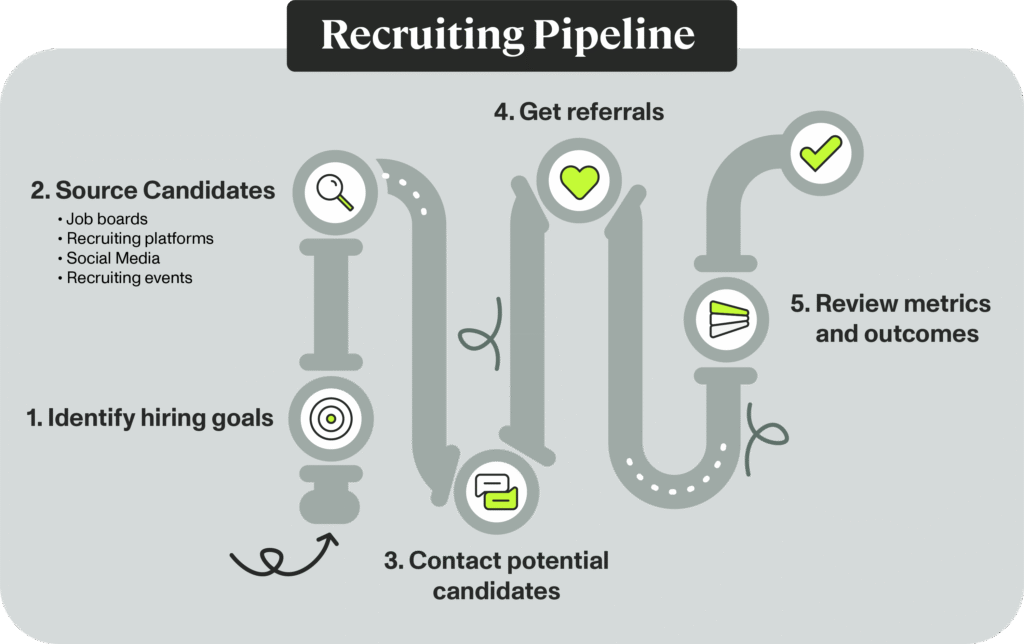
DEI in the Pipeline: Build What You Want to See Later
It is impossible to diversify your workforce if your candidate pipelining strategy does not reflect the communities that you are targeting to hire from.
Strategic candidate pipelining will give you the opportunity to source talent from underrepresented areas You’re not just searching for “diverse candidates” after the job opens; you’re building relationships months in advance.
Some proven tactics:
- Attending events at HBCUs (Historically Black Colleges and Universities)
- Attending group meetings for underrepresented groups such as Women Who Code or AfroTech.
- Host events for underrepresented talent
- Creating identity-based talent pools within your CRM
When DEI is embedded in your sourcing strategy from the start, your pipeline becomes a true asset. According to Ragins, relationship capital and mentorship networks are key in creating long-term inclusion strategies and ultimately reinforce important outreach to marginalized groups (2021).
Measuring Strategic Pipelines: Don’t Just Track
What gets measured gets managed. But more importantly, what gets translated gets funded.
That means you need metrics that connect pipelining to business outcomes. It’s not enough to say “we have 500 people in our database.” The C-suite wants to know: Are those 500 helping us hire faster, cheaper, or better?
Key metrics I recommend:
- Pipeline-to-Hire Ratio: Count how many candidates are hired from your pipeline.
- Time to Nurture: Time how long it took to convert a cold lead into a hire.
- Engagement Score: Are your candidates opening emails, and staying connected?
- Pipeline Coverage: Do you have strong pools for your top 10 most critical roles?
If you can start translating pipeline health into business risk mitigation (e.g., “We have 3 months’ worth of talent ready for X role”), you’ll shift candidate pipelining from an HR activity to a business strategy.
Closing Thoughts: Play the Long Game
If recruitment is a sprint, pipelining is marathon training. It’s slow at first. It takes discipline. But when you start to see the results, faster hiring cycles, stronger DEI presence, and better alignment with business forecasts and you’ll wonder why you ever recruited without it.
Start small:
- Choose one high-impact role.
- Segment your pipeline by readiness.
- Use your CRM to build simple nurture workflows.
- Track your pipeline-to-hire conversion rate.
Over time, your pipeline will become more than a tool. It’ll be a talent engine that keeps your hiring future-ready.
References:
Chamorro-Premuzic, T., & Frankiewicz, B. (2019). What science tells us about leadership potential. Harvard Business Review. https://hbr.org/2019/10/what-science-tells-us-about-leadership-potential
Collings, D. G., Mellahi, K., & Cascio, W. F. (2019). Global talent management and performance in multinational enterprises: A multilevel perspective. Journal of Management, 45(2), 540–566. https://doi.org/10.1177/0149206318762321
Kaufman, J. (2022). The state of recruitment tech: 2022 market map and trends. Josh Bersin Company. https://joshbersin.com
Ragins, B. R. (2021). Diversity and inclusion in the workplace: The role of mentoring and relationship capital. Organizational Dynamics, 50(1), 100812. https://doi.org/10.1016/j.orgdyn.2020.100812
